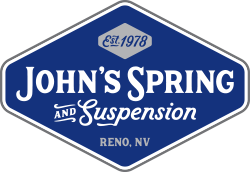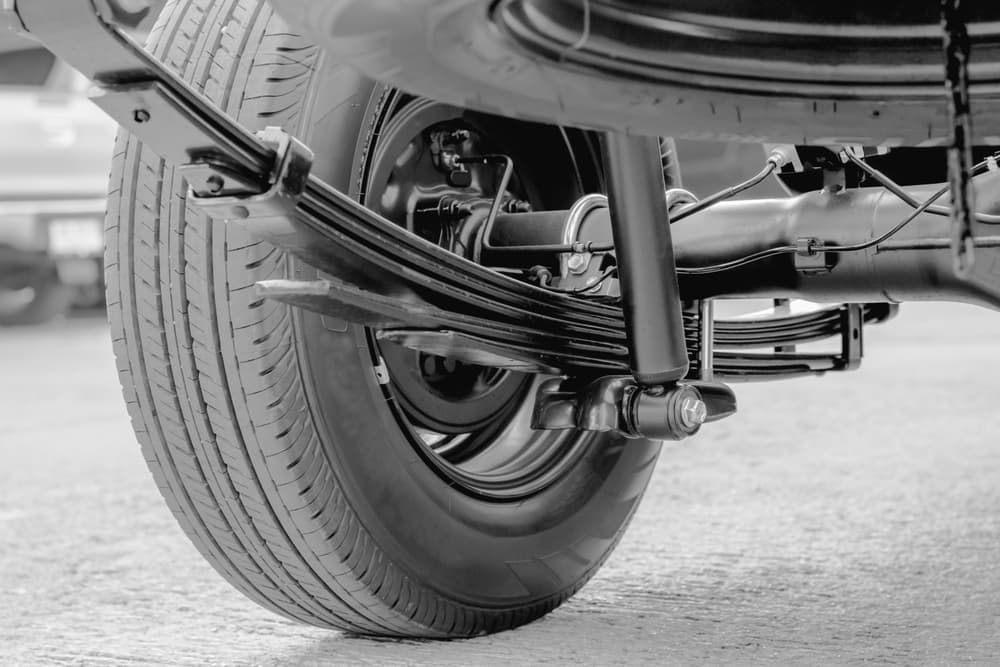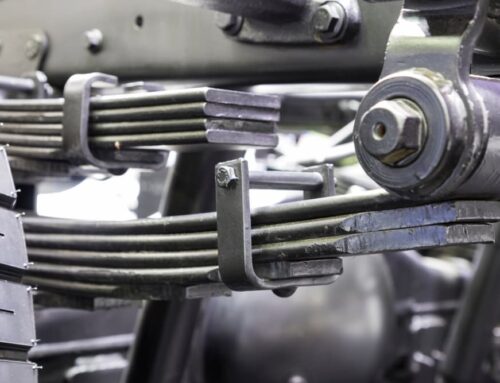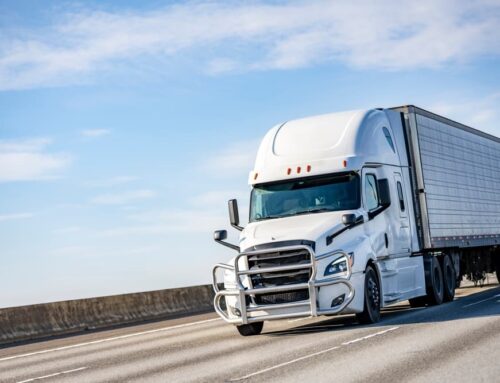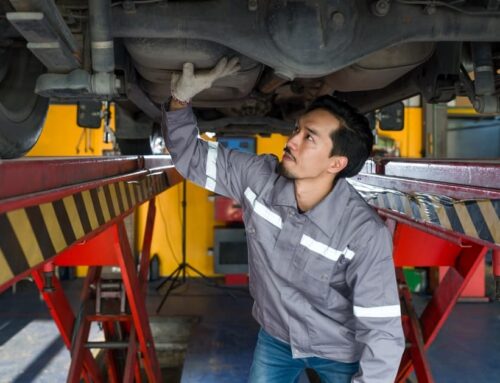As a truck owner in Reno, you know how rugged terrains, heavy loads, and occasional off-road routes can put a lot of stress on your suspension system. One of the most critical, yet often overlooked, components is the leaf spring assembly. When something goes wrong, you’ll hear about leaf spring repair or truck leaf spring replacement as your main options.
But how do you decide which path makes more sense for your rig, your budget, and your long-term reliability? We’ll break things down so you can make an informed decision.
Understanding Truck Leaf Springs and Their Role
Leaf springs are among the most durable and time-tested suspension technologies. Essentially composed of stacked, curved steel “leaves,” they support the weight of your vehicle, absorb bumps, and help maintain ride height and stability under load. On trucks, especially heavy-duty or work trucks, they play a major role in load management, ensuring that your axles stay aligned and your tires maintain good contact with the road.
Over time, these springs are subject to bending fatigue, rust and corrosion, cracking, sagging, or even broken leaves. When one of these issues occurs, the performance of your suspension suffers, which can lead to poor ride quality, uneven tire wear, reduced handling, and, in a worst-case scenario, a dangerous failure.
In many cases, early intervention can prevent more costly downstream damage to other suspension or chassis components.
Signs You Need Leaf Spring Repair or Replacement
Recognizing the early warning signs can save you time and money. Look out for:
- Sagging or uneven ride height: One side of the truck sits lower than the other, or the rear sits lower under load.
- Cracked or broken leaves: Visible fractures or gaps between the leaves.
- Excessive bounce or poor damping: The truck bounces more than it should after going over a bump.
- Clunking or creaking noises: Sounds during suspension travel may indicate movement in worn or broken parts.
- Misalignment, drifting, or poor handling: If your truck drifts during braking or steering, the suspension geometry could be compromised.
- Excessive vibrating: Especially under load, may point to failed spring components or mounting issues.
If you observe one or more of these symptoms, it’s time to have a professional inspect your springs, shackles, mountings, and related hardware.
Rebuilding vs. Replacing Leaf Springs: Pros and Cons
When your suspension specialist examines your leaf springs, you’ll often face two options: rebuilding (restoring the existing springs) or full replacement. The right choice depends on condition, budget, and future usage. Here’s a side-by-side comparison:
| Option | Pros | Cons | Best Use Cases |
| Rebuilding (repair, re-arching, reinforcing) | • Lower cost than full replacement
• Retains original geometry and parts • Faster turnaround if springs are in reasonable shape |
• Not suitable for severely damaged springs
• Limited lifetime extension—won’t restore full factory strength in all cases • Risk of hidden fatigue or microcracks |
Trucks with moderate wear, minor cracks, or sagging where full replacement isn’t economically justified |
| Replacement (new leaf spring packs, full assemblies) | • Full strength, factory or upgraded specs
• Longer-term reliability • Warranty over new components |
• Higher cost
• Requires matching specs (spring rate, length, mounts) • Longer lead times in some cases |
Heavily worn or cracked springs, trucks with heavy-duty or commercial use, desire for long-term peace of mind |
Key Considerations in That Comparison
- Safety & reliability: A rebuilt spring may perform adequately for many uses, but a replacement gives you confidence under heavy loads or daily demanding use.
- Cost-per-year value: A replacement might cost more upfront but last much longer, making it better in the long run in many cases.
- Compatibility & spec matching: With replacements, you can upgrade or match your load rating. With rebuilds, you are constrained by the original spring set.
- Inspection accuracy: Some damage is internal or not obvious. Rebuilds carry some risk of unforeseen failure if existing material fatigue is under-detected.
Choosing the Right Truck Leaf Spring Replacement in Reno, NV
If the inspection leans toward replacement, or if you simply want to go with the most reliable long-term solution, here’s how to choose wisely in Reno, or anywhere in northern Nevada:
- Match load rating and vehicle application: Whether you’re using your truck for towing, hauling, or light everyday driving, you’ll want springs rated for your specific load profile. Don’t undersize.
- Quality of materials and manufacturing: Look for springs made from high-grade spring steel, treated to resist corrosion, and manufactured by reputable brands or local specialists with strong warranties.
- Correct dimensions and mounting compatibility: Ensure eye-to-eye length, arch, leaf count, and shackle compatibility match your chassis.
- Ability to upgrade: Sometimes you can opt for heavy-duty or “overload” specs, especially if you foresee needing more capacity over time.
- Local service availability: In Reno, a shop that both sells and installs springs is ideal.
- Warranty and support. A good supplier or shop will back your new springs and provide follow-up support or inspection.
At John’s Spring and Suspension, we specialize in truck leaf spring replacement and related suspension repairs for light, medium, and heavy-duty trucks throughout the Reno area. With decades of experience, we understand the unique demands placed on vehicles here. Whether your springs can be rebuilt or need full replacement, our goal is to give you a safe, durable, and cost-effective result.
Don’t wait until a broken or sagging spring leaves you stranded or worse. Contact us today at John’s Spring and Suspension to schedule an inspection. We’ll help you choose the right path and get your truck back on the road with confidence

